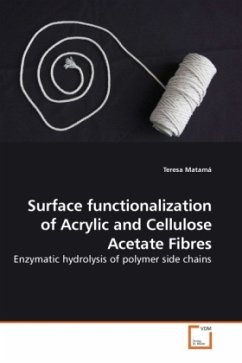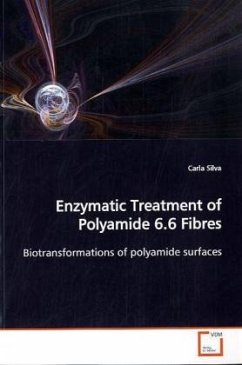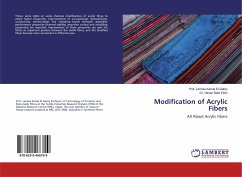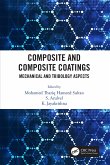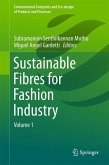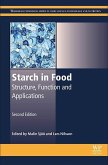The textile industry presents well succeed examples of biocatalysis applied to the processing of natural fibres. Regarding man-made fibres the scenario is by far different. They are not natural substrates for enzymes and, due to their chemical structure, they require high amounts of energy and chemicals for their modification in order to achieve the final desired properties. Taking into account that they have a market share of more than 50%, it is imperative to address the environmental and safety issues brought by their processing and disposal. The general aim of this work is the formation of reactive groups at the surface of acrylic and cellulose acetate fibres, using enzymes to hydrolyse their pendent groups, while preserving the desirable bulk properties. Although this book is focused on textile biotechnology, polyacrylonitrile and cellulose acetate are materials of increasing interest for other areas due to their excellent mechanical properties, stability and low cost. Enzymes will be the future of surface functionalization which is a crucial step for a more widespread application of these materials.
